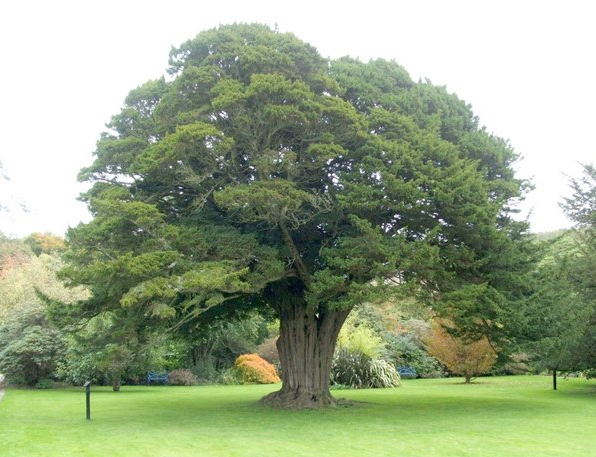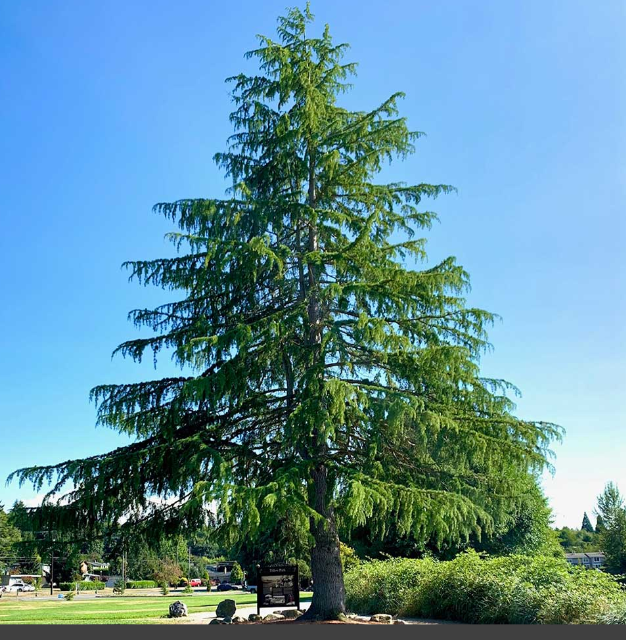If you ever find yourself wandering through Germany’s lush forests, you’re bound to come across the majestic oak tree which is considered as the Germany National Tree. With its sturdy trunk, sprawling branches, and characteristic acorns, it’s hard to miss this iconic symbol of German nature. But did you know that the oak tree is not just any ordinary tree in Germany? Let’s explore the history, significance, and ecological importance of Germany’s beloved oak tree.
History of the oak tree in Germany
The oak tree has been an integral part of Germany’s natural landscape for centuries. Historically, it was considered a sacred tree by the Germanic tribes, who believed that it possessed mystical powers and served as a portal between the mortal and divine realms. During the Middle Ages, oak trees were often used as meeting places for councils and assemblies, and the famous “Tree of Freedom” in German folklore was said to have been an oak tree under which the ancient Germanic tribes would gather to discuss matters of importance.
Symbolic significance of the Germany National Tree
The oak tree holds a special place in German culture, symbolizing strength, resilience, and endurance. Its deep roots and sturdy trunk represent the country’s stability and enduring spirit, while its sprawling branches and lush foliage are a testament to Germany’s natural beauty and abundance. The oak tree has also been associated with victory and national pride, and was often used as a symbol of the German military during World War II.
Ecological importance of the Germany National Tree
Aside from its cultural and symbolic significance, the oak tree also plays a vital role in Germany’s ecosystem. As a long-lived and slow-growing species, it provides habitat and shelter for a wide range of wildlife, from birds and insects to mammals and reptiles. Oak trees also help to purify the air and water, reduce soil erosion, and provide a valuable source of food for many species.
Varieties of oak trees found in Germany
There are several species of oak trees found in Germany, each with its own unique characteristics and adaptations. The most common species include the English oak (Quercus robur), the sessile oak (Quercus petraea), and the red oak (Quercus rubra). These trees can be identified by their distinct leaf shapes, bark patterns, and acorn sizes.
Oak tree’s contribution to Germany’s economy
Oak trees have played a significant role in Germany’s economy for centuries, providing a valuable source of wood for construction, furniture, and paper production. Today, oak wood is still in high demand for its durability, strength, and aesthetic appeal, and is often used in the construction of high-end homes, furniture, and wine barrels.
How to identify an oak tree
Identifying an oak tree can be tricky, especially if you’re not familiar with the species. However, there are a few key characteristics to look out for. Oak trees typically have a thick, deeply grooved bark, and large, lobed leaves that are green in the spring and summer and turn yellow, orange, or red in the fall. They also produce acorns, which are a tell-tale sign of the oak tree.
Threats to oak trees in Germany
Despite their resilience, oak trees in Germany are facing a number of threats. One of the biggest is climate change, which is causing more frequent and severe droughts that can damage or kill mature trees. Oak trees are also susceptible to a variety of diseases, including oak wilt and sudden oak death, which can spread rapidly and decimate entire populations. In addition, urbanization and land-use changes have led to the loss of many oak forests and woodlands.
Conservation efforts for oak trees in Germany
To protect Germany’s oak trees, a number of conservation efforts are currently underway. These include measures to reduce carbon emissions and combat climate change, as well as initiatives to prevent the spread of oak diseases and restore damaged or degraded oak forests. In addition, many organizations and individuals are working to raise awareness of the importance of oak trees and promote sustainable management practices.
FAQ
- Why is the oak tree Germany national tree?
The oak tree has long been revered in German culture for its strength, resilience, and enduring spirit, and was therefore a natural choice for the country’s national tree.
- How long can an oak tree live?
Oak trees are known for their longevity and can live for several hundred years or more, depending on the species and growing conditions.
- What are the benefits of oak trees for the environment?
Oak trees provide a variety of benefits for the environment, including air and water purification, soil conservation, and habitat for wildlife.
- Can oak trees be used for commercial purposes in Germany?
Yes, oak wood is still in high demand for its durability, strength, and aesthetic appeal, and is often used in the construction of high-end homes, furniture, and wine barrels.
- What can I do to help conserve oak trees in Germany?
You can help conserve oak trees in Germany by supporting conservation organizations, promoting sustainable management practices, and reducing your carbon footprint to combat climate change.
References
- “Identifying Oak Trees” by the Arbor Day Foundation https://www.arborday.org/trees/treeguide/TreeDetail.cfm?ItemID=840
- “The Threats to Oak Trees in Germany” by Oak Foundation https://oakfoundation.info/en/de/threats-to-oak-trees-in-germany
- “Conservation of Oaks in Germany” by Deutsche Wildtier Stiftung https://www.deutschewildtierstiftung.de/en/project/conservation-of-oaks-in-germany

